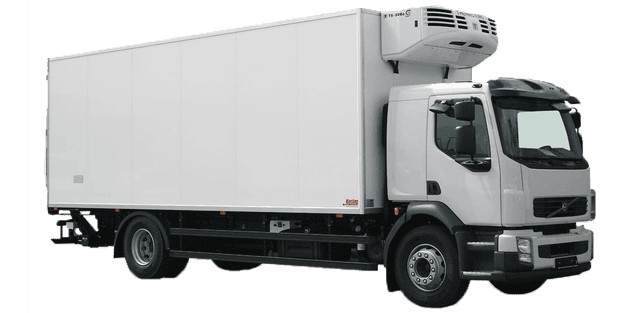Real-Time Asset Visibility for
Unmatched Operational Control
OneIoT’s Asset Tracking solution offers real-time location and condition monitoring, giving you full visibility to streamline operations, reduce losses, and optimize resource allocation.
Real-Time Tracking
Gain complete visibility into your assets with OneIoT's real-time tracking. Stay informed of asset locations, monitor performance, and receive alerts for any issues, enabling you to respond quickly and efficiently.
Use Cases
Logistics
Warehourse
Construction
Cold Storage
Achieving Exceptional Results with Oneiot for Asset Tracking
Oneiot's cutting-edge asset tracking solutions have transformed operations for businesses across diverse industries. By harnessing the power of our advanced IoT platform, our clients have unlocked new possibilities
- Enhanced Efficiency
- Up to 20% increase in asset utilization and 15% reduction in downtime through optimized operations and data-driven insights
- Improved Decision-Making
- Make informed decisions based on real-time data and analytics, leading to 25% cost reduction and enhanced operational efficiency
- Enhanced Safety
- Improve workplace safety and reduce the risk of accidents by 20% through real-time monitoring and proactive maintenance.
- Increased Visibility
- Gain real-time visibility into asset locations, performance, and utilization, enabling proactive management and issue resolution.
Discover our solutions.
Achieving Exceptional Results with Oneiot for Asset Tracking
Enhanced Asset Visibility and efficiency
Our advanced asset tracking solution provides real-time visibility into your assets' location and movement, enabling you to optimize utilization and prevent loss. By tracking asset usage patterns, you can identify opportunities for improved efficiency and reduce unnecessary costs.
Real-time tracking
Monitor asset locations and movements in real-time for enhanced visibility
Maximized efficiency
Gain insights into asset usage patterns to identify inefficiencies and enhance operational performance
Data-Driven Asset Management
Leverage real-time data to make informed decisions and optimize your asset management strategies. Our platform provides the insights you need to improve efficiency, reduce costs, and enhance overall performance.
Informed decision-making
Leverage data insights to enhance asset utilization and boost performance
Improved efficiency
Pinpoint areas for optimization and streamline resource allocation
Cold Chain Monitoring with OneIoT
Leading logistics providers are increasingly adopting IoT-based solutions to enhance cold chain visibility and ensure the integrity of temperature-sensitive shipments. By leveraging IoT technology, these companies can gain real-time insights into environmental conditions, track shipments accurately, and proactively address potential issues.
Real-time visibility
Track location of shipments in real-time, ensuring compliance with temperature requirements and identifying potential issues early.
Proactive alerts
Receive immediate notifications of any deviations from temperature settings, enabling swift action to prevent product damage.
Data-driven insights
Analyze collected data to optimize cold chain processes, reduce waste, and improve overall efficiency.
Enhanced customer satisfaction
Deliver shipments with greater confidence in product quality and integrity.
From Start to Scale – Make IoT Work for You
Take control of your IoT projects with industry-ready solutions. OneIoT supports growth at every stage, from initial setup to scaling across industries. Connect, automate, and gain insights with ease. Dive into IoT success with us.


